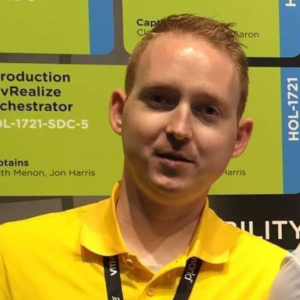UCS is different then other server platforms, which sometimes makes simple maintenance tasks not as straightforward as you’d think. We had an truckload of CPU upgrades last week. A regular server admin would think; “Hey, I just take this old CPU out and put this new CPU in and bob’s my uncle!” – well, UCS might have a surprise for you.
One of my colleagues (a ‘traditional’ server guy) handled this replacement and was confronted with an error message when reinserting the blades: WILL_BOOT_FAULT (awesome description once again, Cisco). Considering the error message itself, they went looking for boot issues. … Read more
